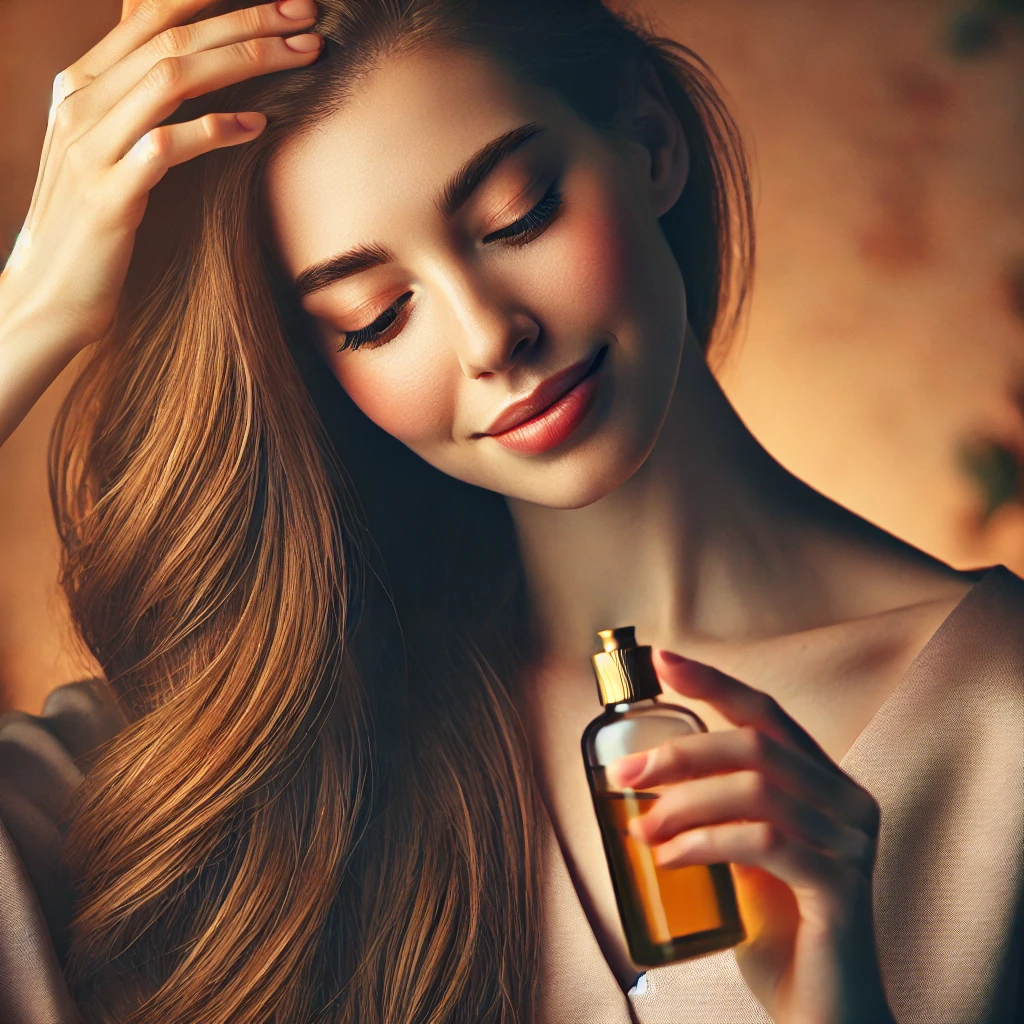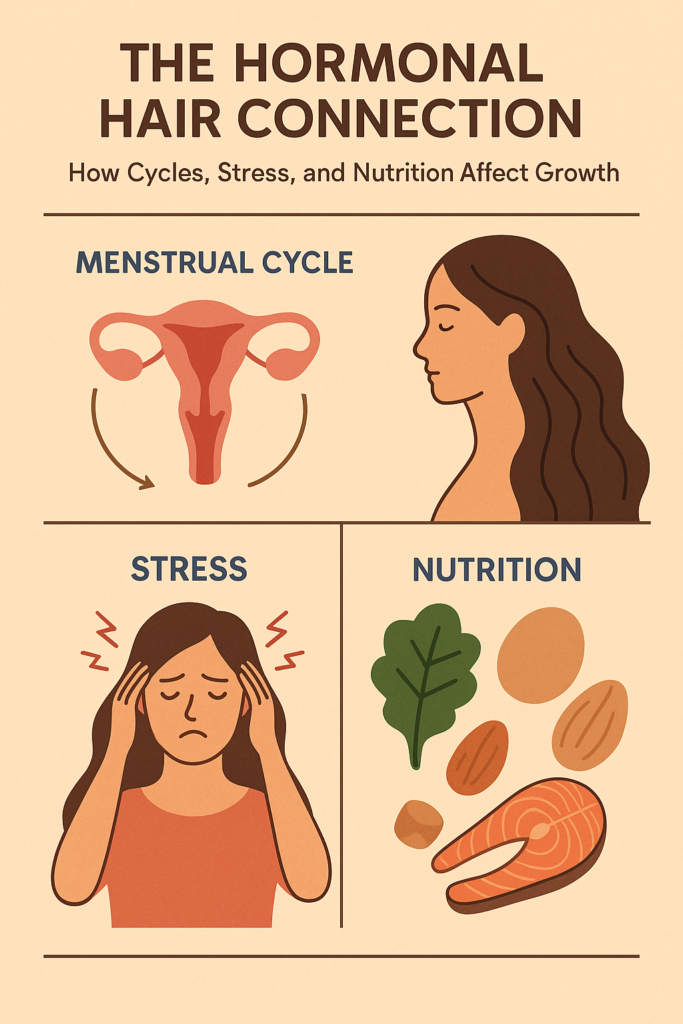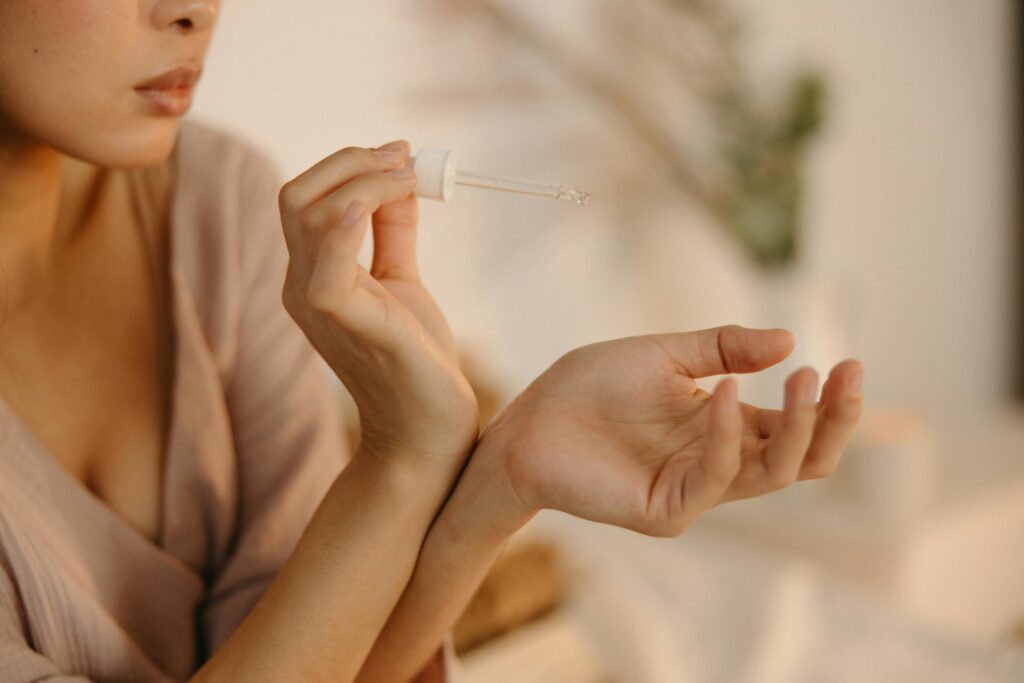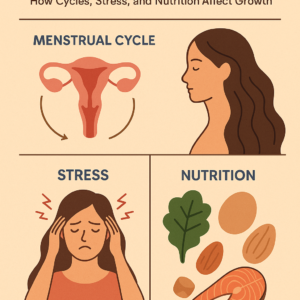Inversion Method – Viral Technique for Accelerated Hair Growth

In recent years, various natural techniques to stimulate hair growth have gained popularity, and the inversion method is one of the most talked about. Promising accelerated hair growth in just a few days, this practice has been widely shared on social media. But does the inversion method really work? In this article, we will explore the science behind the technique, how to apply it correctly, and its true benefits for hair health.
What is the Inversion Method?
The inversion method involves tilting your head downward while massaging the scalp with a vegetable oil. The idea is to increase blood flow to the hair follicles, providing more oxygen and nutrients to the strands, which theoretically accelerates hair growth.
This technique became famous after several people reported growth of up to 2.5 cm in just one week, a much faster increase than the average hair growth rate, which is about 1 to 1.5 cm per month.
The Science Behind the Inversion Method
Although there are no specific scientific studies on the inversion method, we know that blood circulation plays a fundamental role in hair growth. A well-irrigated scalp receives more nutrients, which can help strengthen the strands and reduce hair loss.
Scalp massages alone have already been proven effective in stimulating hair growth. Studies indicate that massage improves hair thickness and stimulates dormant hair follicles.
How to Perform the Inversion Method Correctly?
To maximize the benefits of this technique, follow these steps:
1. Choose a Vegetable Oil
Opt for a nourishing oil, such as:
- Castor oil – Stimulates growth and strengthens hair.
- Coconut oil – Hydrates and protects against damage.
- Rosemary oil – Studies indicate it can be as effective as minoxidil for hair loss.
- Jojoba oil – Regulates oil production and nourishes the scalp.
2. Warm Up the Oil Slightly
Heat a small amount of the chosen oil for a few seconds in the microwave or using a double boiler. This helps improve nutrient absorption by the scalp.
3. Massage the Scalp
- Apply the oil to your fingertips.
- Gently massage the scalp for about 5 minutes using circular motions.
4. Tilting the Head Down
- Sit on a chair and tilt your head downward so that it is below the heart level.
- Maintain this position for 4 to 5 minutes.
- Slowly return to an upright position to avoid dizziness.
5. Let the Oil Sit
If possible, leave the oil on the scalp for at least two hours before washing your hair as usual.
6. Repeat for Seven Days
For best results, repeat the process daily for one week. After this period, take a one-month break before repeating.
Tips to Maximize Results
- Maintain a Healthy Diet: Include foods rich in biotin, iron, and fatty acids in your diet.
- Stay Hydrated: Internal hydration also reflects on hair health.
- Reduce Stress: Stress is one of the biggest enemies of hair growth.
- Get Enough Sleep: The hair growth cycle is influenced by sleep quality.
Who Should Not Try the Inversion Method?
This technique is not recommended for:
- Pregnant women;
- People with high blood pressure;
- Individuals with spinal or inner ear issues;
- People prone to dizziness.
If you have any pre-existing health conditions, consult a doctor before trying this technique.
Conclusion
The inversion method is a simple and low-cost technique that may help stimulate hair growth. Although there is no direct scientific proof of its effectiveness, the principles involved, such as increased blood circulation and scalp massage, are well-documented benefits for hair health.
If you want longer, healthier hair, it may be worth trying this technique and combining it with a proper hair care routine.
Have you ever tried the inversion method? Share your experience in the comments!
Holistic Skincare
Holistic Skincare – Blending Traditional Remedies with Modern Science In the ever-evolving world of beauty,…
A Conexão Capilar Hormonal
The Hormonal Hair Connection – How Cycles, Stress, and Nutrition Affect Growth Hair is often…
Biotech Beauty – How Lab-Grown Ingredients Are Transforming Skincare
The Rise of Biotech in the Beauty World In recent years, the beauty industry has…
Natural Fragrance Oils vs. Synthetic Perfumes
Natural Fragrance Oils vs. Synthetic Perfumes – What’s Better for Your Skin? Perfume is often…
Herbal Face Steaming Rituals from Around the World
Herbal Face Steaming Rituals from Around the World – Detox, Relax, Glow In today’s fast-paced,…
The Crystal Skincare Trend – Beauty Tools Charged with Energy
In the ever-evolving world of beauty and wellness, a fascinating trend is capturing the attention…
Forest Beauty
Forest Beauty – How Nature-Based Rituals Like Shinrin-Yoku Enhance Skin and Mood In an age…
DIY Rice Water and Fermented Rinses
DIY Rice Water and Fermented Rinses – Do They Really Work for Hair Strengthening? In…
Caffeine for Hair Growth
Caffeine for Hair Growth – What the Science Says and How to Use It In…
Hair Loss After COVID
Hair Loss After COVID – Understanding Telogen Effluvium and How to Treat It Hair loss…
The Rise of Ayurvedic Hair Care in the U.S.
The Rise of Ayurvedic Hair Care in the U.S. – Herbs and Rituals for Stronger…
Scalp Health Is the New Skincare
Scalp Health Is the New Skincare – Treatments That Start at the Root In the…
The Retinol Revolution
The Retinol Revolution – Gentle Alternatives for Sensitive Skin Without Sacrificing Results Retinol has long…
The Power of Probiotic Skincare
The Power of Probiotic Skincare – Balancing the Skin Microbiome Naturally The term “microbiome” has…
Blue Light and Your Skin
Blue Light and Your Skin – The Hidden Damage of Screen Exposure and How to…
Slugging 2.0
Slugging 2.0 – Advanced K-Beauty Hydration Technique That’s Taking Over TikTok Beyond Basic Slugging In…
The Rise of Skin Cycling
The Rise of Skin Cycling – How to Build a Rotating Skincare Routine for Maximum…
Reflexology and Its Effects on Health and Beauty
Healing Through the Feet – Reflexology and Its Effects on Health and Beauty In today’s…
Natural Remedies for Skin Spots
Natural Remedies for Skin Spots – Little-Known Alternatives That Really Work Skin spots, also known…
Therapeutic Tattoos
Therapeutic Tattoos – How Tattoos Can Help Boost Self-Esteem for People with Scars Scars tell…
Functional Nutrition for Skin and Hair
Functional Nutrition for Skin and Hair – How Specific Vitamins and Minerals Impact Beauty Your…
Natural Hair Smoothing
Natural Hair Smoothing – Chemical-Free Alternatives for Sleek, Straight Hair For those seeking sleek, straight…
Skin Flooding
Skin Flooding – The New Intensive Hydration Technique for Radiant Skin The skincare world is…
Sunbathing and Collagen Production
Sunbathing and Collagen Production – How to Balance Sun Exposure Without Damaging Your Skin Sunlight…
Teas and Infusions for Glowing Skin
Teas and Infusions for Glowing Skin – Natural Recipes for Radiant Beauty The secret to…
How Sleep Quality Affects Beauty
How Sleep Quality Affects Beauty – Techniques to Improve Sleep and Skin We often hear…
Borage Oil for PMS and Skin
Borage Oil for PMS and Skin – How This Supplement Can Help Borage oil is…
Aromatherapy for Stress and Beauty
Aromatherapy for Stress and Beauty – Essential Oils That Balance Mind and Body Aromatherapy has…
Hormones and Skin Aging
Hormones and Skin Aging – How Balancing Hormones Can Improve Appearance Aging is a natural…
Ancestral Beauty
Ancestral Beauty – Natural Techniques Used by Different Cultures Throughout History Beauty has been an…




































One thought on “Inversion Method”